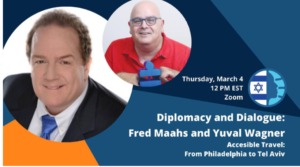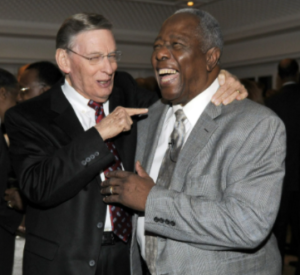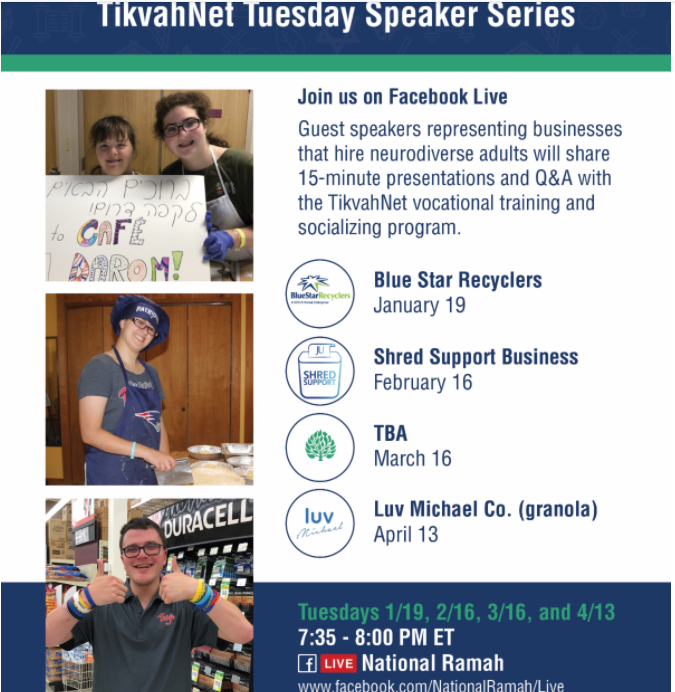It is always a treat to hear my friends and colleagues, Fred Maahs and Yuval Wagner, teach about anything! They have so much experience in life itself and in the world of disabilities inclusion specifically. Yuval is Founder and President of Access Israel, and Fred is an accessible travel expert and consult and editor of Melange Accessibility for All Travel magazine. Yuval and Fred both navigate the world from their wheelchairs. I was drawn to their webinar topic this past Thursday—“Accessible Travel.”
Both had their share of horror stories—getting to a hotel and not being able to get in to the bathroom, for one; the humiliation of trying to get on to a plane and to your seat (never mind to the “accessible bathroom” for two)…
Both Fred and Yuval have great attitudes and perspective and continue to be part of the solution. Fred reminded the audience just how much money is NOT being spent by people with disabilities on travel—though they would LIKE to be spending that money! (somewhere around a billion dollars!).
Maahs and Wagner offered many simple and practical solutions to improving the travel experience for people with disabilities. Maahs suggests including people with disabilities in the planning and design of airports, hotels, conference centers, pointing out that “following the book” is never enough. He playfully notes that planning a conference center with shag carpeting is a nightmare for a person navigating the space with a wheelchair. Similarly, putting an iron on the top shelf of a closet in a hotel room is of no use to Little Person or a person who uses a wheelchair. Maahs stressed the need for helping people in the hospitality industry experience the world with various disabilities.
Wagner proudly noted that in Israel, it is REQUIRED that workers in this industry must be trained in “how it feels to have a disability.” They must also be trained in providing accurate information on how to navigate the city—by train, by bus, etc. And “all entities in Israel must advertise accessibility details.” Israel continues to strive toward being a world leader in accessibility. Yuval and Access Israel and Friends of Access Israel (FAISR) like to refer to Israel as the Accessible Start Up Nation.
Saron McKee, Philadelphia International Airport’s first Manager of Access and Accessible Programs, also addressed the webinar. She shared many things already in place at the airport to support people with, both visible and invisible disabilities, including (but not limited to) accessible adult changing tables, LCD monitors and the Hidden Disabilities Sunflower lanyard. While I have been in this field for decades and have been leading disabilities trips to Israel for a very long time, I had never heard of this important lanyard concept.
According to the Hidden Disabilities Store website, https://hiddendisabilitiesstore.com/about-hidden-disabilities-sunflower: “In 2016, the Hidden Disabilities Sunflower was designed and launched when London Gatwick Airport asked “How can we identify that one of our passengers may have a non-obvious disability?”. We created a simple sunflower design on a green background for a lanyard – a subtle but visible sign to enable airport staff to identify that the wearer (or someone with them) may require some extra help, time, or assistance when moving through the airport.” Here is a short video:
It is exciting and refreshing hearing Yuval, Fred and Saron discuss accessible travel. It is a reminder that we are SO CLOSE to returning to a world where travel is possible, exciting, safe and a right for all!








